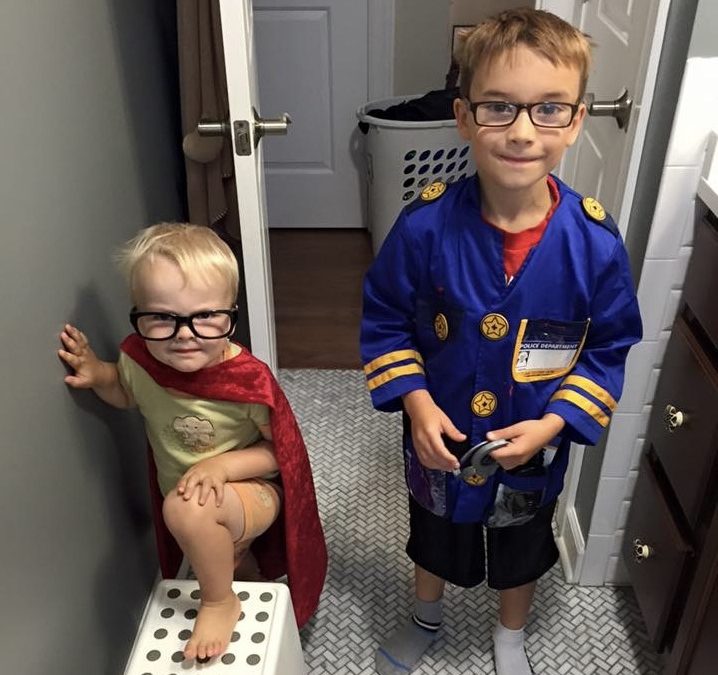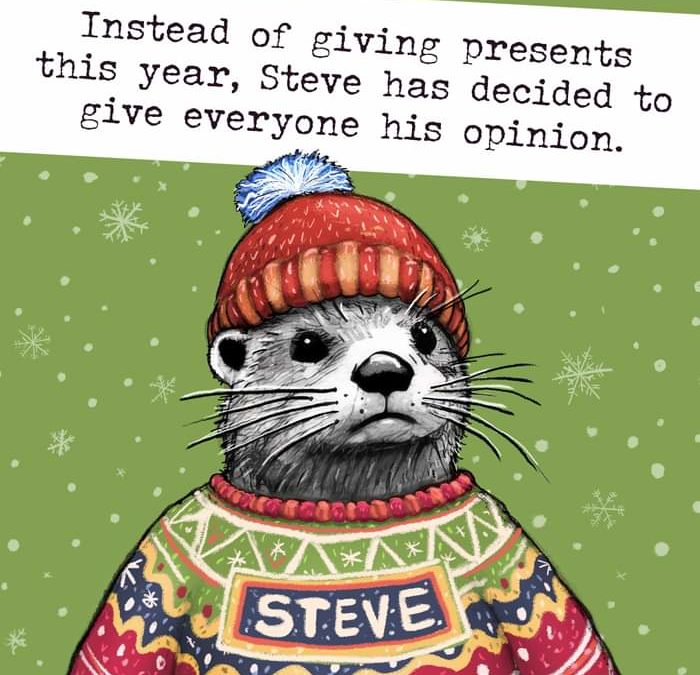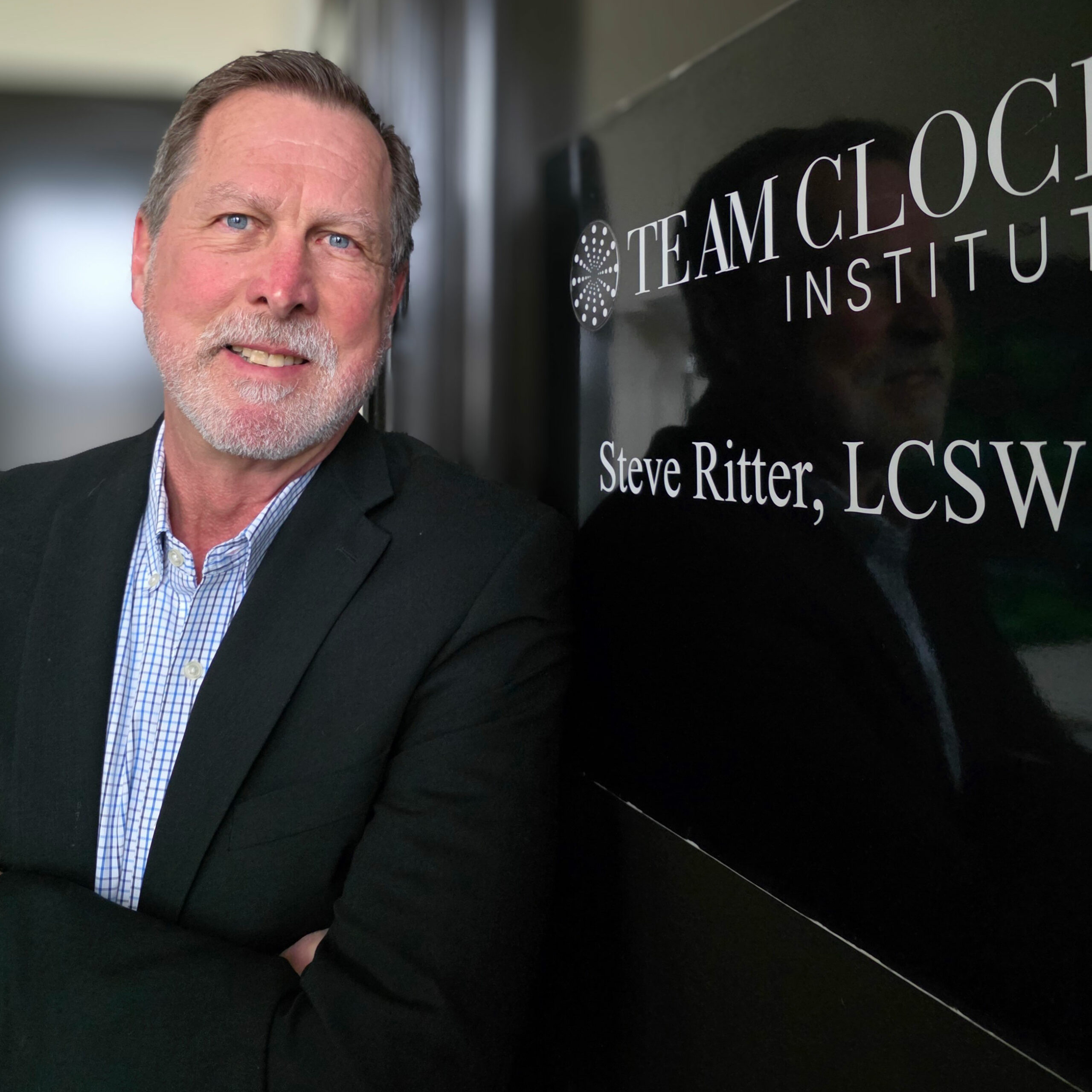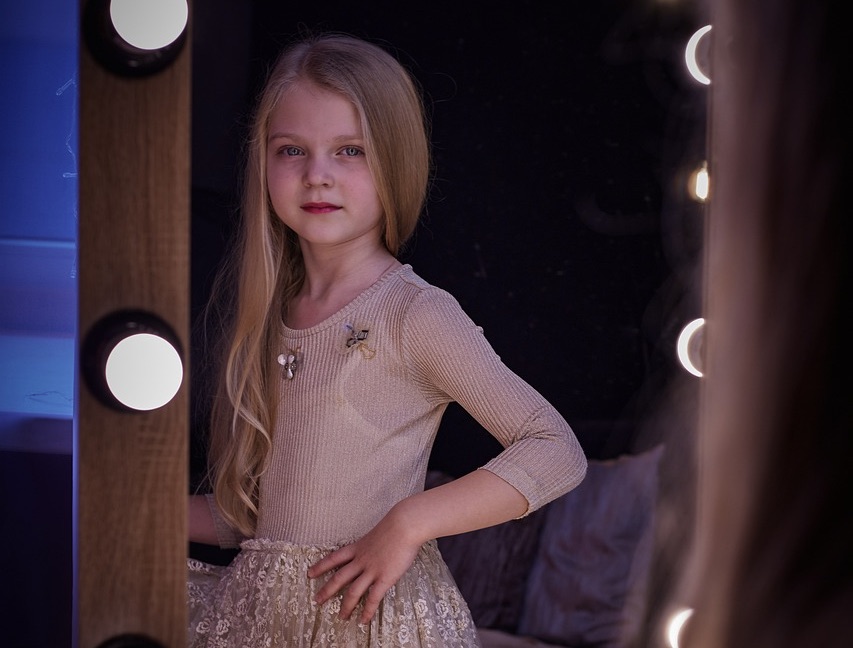
Let Your Children Be the Bosses of You
We’re still in the time of year when many of us (in spite of ourselves) feel the temptation to make resolutions. If you’re like me, you’ve been pondering ways to become a better all-around person. In my case: more patient, attentive, and affectionate.
But I always grapple with the question of whether to broadcast my goals to anyone else. What if I fail? Better to keep my resolve quiet. On the other hand, if I tell someone I’ll probably feel obligated to try harder.
It might be better to go public, after all.
Common wisdom tells us that once you make your goals known, you’ll become more motivated to accomplish them. Aside from a couple of exceptions (including a 2009 study that found students acted less on their goals once they were shared because announcement gave them a false sense of completion), social scientists agree that external accountability helps.
And here’s something you may not know: it’s been proven that sharing your goal with a person whose opinion you value gives you a huge boost. Not only are you giving bigger life to your resolve, but you’re also now receiving implicit support and approval from someone who really matters to you. It’s almost like you’re doing it for them – like following through with your resolve is a gift.
So if your goals include being a better parent, like mine, I propose going straight to the source – your kids. Who better to share the gift of your resolve?
Let them know what you’re hoping to change, and why. Invite them into your heart and soul. They’ll feel the love conveyed in the message and probably be more than willing to hop on board to support you. You can be sure they’ll hold you accountable!
Little successes will become self-reinforcing – and you will have already taken the first step in your goal to become a better parent by simply telling your kids how much they matter to you.

About the Author
Kerry Galarza, MS OTR/L is the Clinical Director and an occupational therapist at Elmhurst Counseling. She provides specialized assessment and intervention with children of all ages and their families. Kerry engages clients with naturally occurring, meaningful home-based methods to empower autonomy and maximize functioning.






